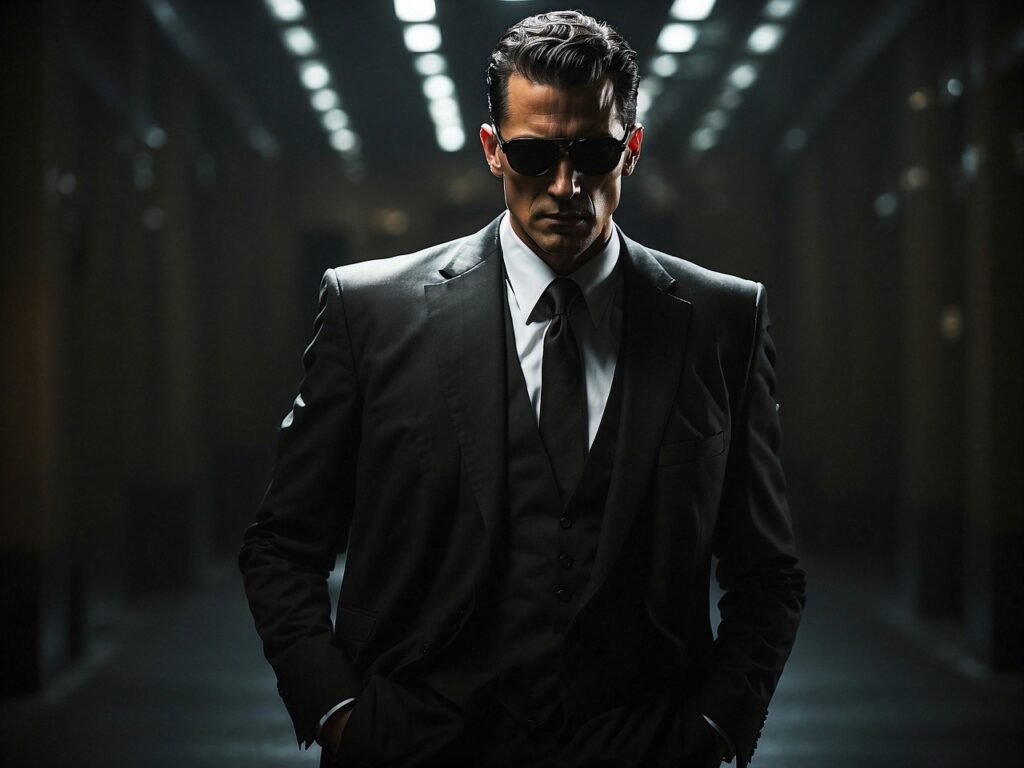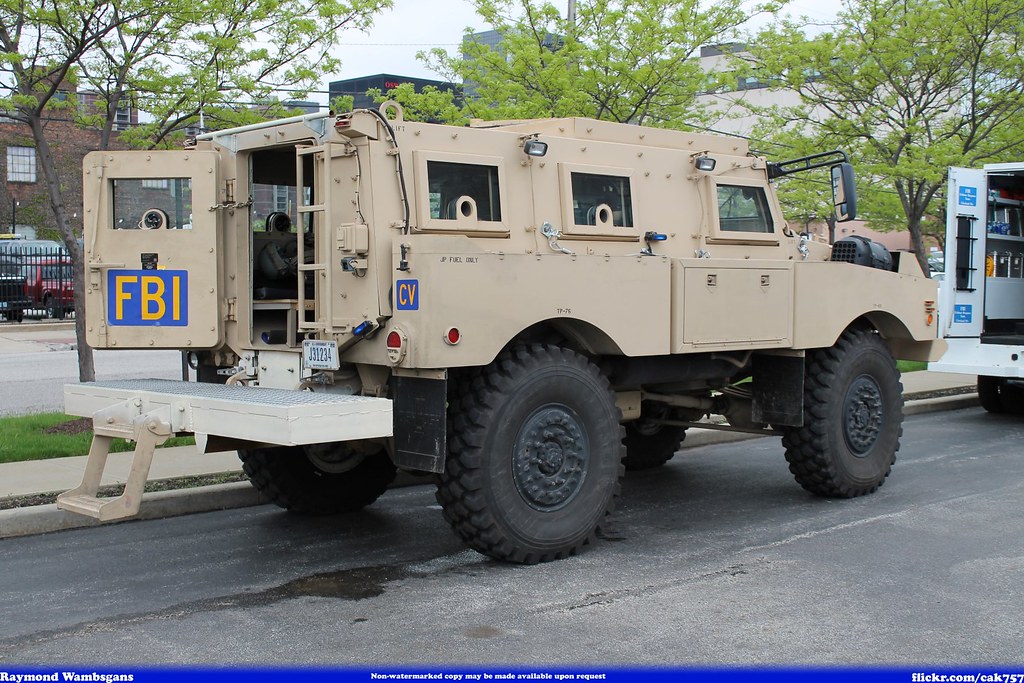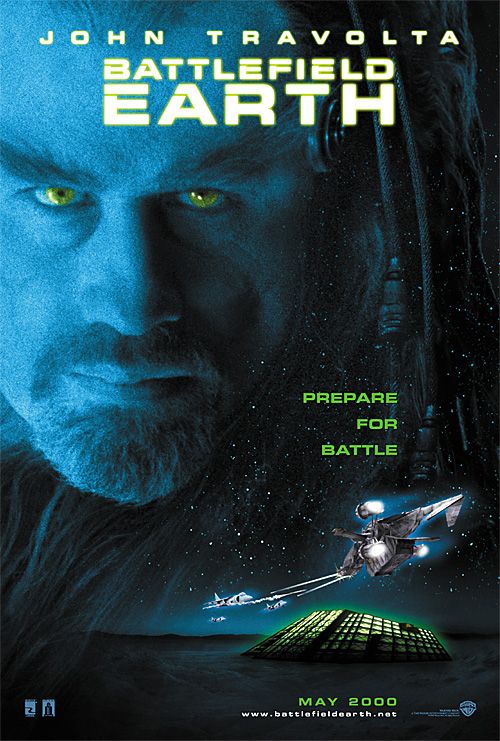
Throughout American history, certain tragic and untimely deaths have sparked deep suspicion, skepticism, and public intrigue. Official narratives often point to suicide, accidents, or random violence, but the shadowy nature of these incidents frequently leads many to question if something more sinister might be at play.
From whistleblowers and journalists to political insiders and controversial figures, these cases continue to fuel conspiracy theories alleging covert U.S. government involvement. The Federal Bureau of Investigation (FBI), a powerful agency tasked with upholding national security and enforcing federal laws, often finds itself at the center of these swirling controversies, with whispers of hidden agendas and concealed truths.
We embark on a captivating journey through ten such deaths, exploring the official explanations against the persistent questions, inconsistencies, and allegations that suggest a darker hand may have been at work. These are the stories of individuals whose lives ended abruptly, leaving behind a legacy of unresolved mysteries and a public forever questioning the full truth.

1. **Michael Hastings (2013)**
Michael Hastings was a bold, relentless investigative journalist known for shaking the corridors of power with explosive revelations. Most famously, his reporting exposed misconduct that led to General Stanley McChrystal’s resignation, demonstrating his capacity to challenge powerful institutions and figures within the U.S. military and intelligence circles.
In June 2013, Hastings began sending cryptic messages suggesting he was being watched, a chilling premonition that would soon turn tragic. He was killed when his Mercedes crashed into a tree at high speed in Los Angeles. Witnesses described the car inexplicably accelerating to full speed moments before impact, a detail that immediately fueled speculation about possible sabotage.
The official investigation concluded that the fiery crash was accidental, yet skeptics pointed to Hastings’ ongoing investigations into powerful U.S. military and intelligence officials as a potential motive for foul play. Reports emerged claiming the car’s onboard computer could have been remotely hacked, a capability publicly demonstrated by cybersecurity researchers shortly thereafter, adding a technological dimension to the conspiracy theories.
Most intriguingly, Hastings had reportedly been preparing a major exposé on CIA Director John Brennan. This pivotal piece of information significantly added fuel to conspiracy theories suggesting he might have been deliberately silenced, preventing further damaging revelations about high-ranking government officials. The combination of his sensitive investigations, prior warnings, and the unusual circumstances of his accident ensures his death remains a subject of intense debate and suspicion.

2. **Sandra Bland (2015)**The 2015 death of Sandra Bland, an outspoken advocate against police brutality, ignited national outrage and became a rallying cry for civil rights movements. Bland was found hanging in her Texas jail cell three days after a controversial traffic stop, which had escalated dramatically and led to her arrest, drawing significant attention to police conduct and systemic issues.
The 2015 death of Sandra Bland, an outspoken advocate against police brutality, ignited national outrage and became a rallying cry for civil rights movements. Bland was found hanging in her Texas jail cell three days after a controversial traffic stop, which had escalated dramatically and led to her arrest, drawing significant attention to police conduct and systemic issues.
Police ruled her death a suicide, pointing to her past struggles with mental health issues as a contributing factor. However, many questioned this official explanation, finding it difficult to reconcile with the image of a young woman with clear plans for the future, including a new job at Prairie View A&M University, who would suddenly choose to end her life.
Inconsistencies in the official story further fueled public suspicion, eroding trust in the investigative process. These included conflicting police statements regarding the arrest, suspiciously edited jail footage that raised questions about transparency, and unanswered questions about her treatment in custody, all contributing to a climate of doubt.
Her family also raised serious concerns about the investigation, noting that Bland had recently expressed optimism about her future, making the suicide ruling particularly hard to accept. Public speculation persisted about whether Bland, who regularly posted videos criticizing police misconduct, might have been deliberately targeted to silence her vocal activism against police brutality, transforming her death into a symbol of ongoing injustice.

3. **Gary Webb (2004)**Investigative journalist Gary Webb gained prominence, and notoriety, for uncovering allegations that the CIA had connections to drug trafficking to fund anti-Communist forces in Latin America. His groundbreaking reporting, published in the “Dark Alliance” series, was a monumental exposé that challenged official narratives and implicated a powerful government agency.
Webb’s findings were met with fierce backlash and personal attacks that severely impacted his career and mental health, highlighting the dangers faced by journalists who dare to expose uncomfortable truths. In 2004, Webb was found dead in his apartment with two gunshot wounds to the head, a death officially ruled as suicide.
The bizarre circumstances, specifically the presence of two self-inflicted gunshots to the head, immediately sparked intense skepticism among the public and his supporters. Critics argued that it is exceedingly rare for suicide victims to inflict multiple head wounds, casting serious doubt on the official ruling and suggesting the involvement of another party.
Many believed Webb had been systematically discredited and isolated precisely because of his explosive findings, making him a convenient target. Adding further intrigue, some of Webb’s supporters alleged threats and intimidation from shadowy government-linked figures leading up to his death, intensifying the perception that he was silenced for what he knew.

4. **Seth Rich (2016)**Seth Rich, a young Democratic National Committee staffer, was fatally shot in an alleged robbery gone wrong in Washington, D.C. His murder quickly spiraled into a high-profile conspiracy theory, amplified dramatically during the heated political climate of the 2016 presidential election, adding layers of complexity to an already tragic event.
The absence of stolen items, including his watch, wallet, and phone, cast significant doubt on the robbery narrative, leaving ample room for alternative explanations and speculation. This crucial detail contradicted the official story, making it difficult for many to accept the conclusion of a simple street crime.
Despite extensive debunking by authorities, a persistent theory claimed Rich leaked sensitive DNC emails to WikiLeaks, potentially impacting the presidential election outcome. This theory became a central pillar of the conspiracy, suggesting a political motive behind his death rather than random violence.
The FBI’s seemingly unusual involvement in a supposedly local crime, alongside contradictory public statements from law enforcement, fueled further speculation about a potential cover-up. Adding further intrigue, WikiLeaks founder Julian Assange cryptically suggested Rich as a potential source during an interview, intensifying the controversy and keeping the theories alive. Most mysteriously, several news outlets reported unusual difficulties accessing information via FOIA requests, suggesting possible interference or deliberate obfuscation from powerful entities, keeping the unsettling questions surrounding Seth Rich’s tragic end unresolved.
Read more about: Dive In! 12 Beach-Ready TV Shows You Absolutely MUST Binge This Summer

5. **Philip Marshall (2013)**Philip Marshall, a former airline pilot and author, was known for his books questioning the official narrative of 9/11, a topic that places him squarely in the realm of controversial figures challenging government accounts. He was found dead in his California home alongside his two teenage children and family dog in what authorities labeled a murder-suicide.
Friends and acquaintances described Marshall as stable, optimistic, and deeply devoted to his family, making the official narrative extremely difficult to accept for those who knew him personally. This stark contrast between his character and the alleged act fueled immediate skepticism, as it seemed completely out of line with his known disposition.
Marshall had openly challenged official 9/11 accounts, alleging government complicity and cover-ups in his publications, putting him in a vulnerable position. Conspiracy theorists argued that Marshall’s murder-suicide appeared suspiciously convenient, suggesting he may have uncovered new evidence implicating powerful individuals or agencies, and was subsequently silenced.
Notably, Marshall reportedly claimed to have sensitive information related to Saudi involvement in the 9/11 attacks shortly before his death. This revelation adds a profound layer of intrigue, reinforcing the idea that his untimely end might have been connected to the explosive nature of his ongoing investigations and the powerful entities he was scrutinizing.

6. **John P. Wheeler III (2010)**The discovery of John Wheeler’s body in a Delaware landfill sent shockwaves across the nation, an utterly grim end for a man of his stature. Wheeler was no ordinary citizen; he was a former Pentagon official and an esteemed adviser to Presidents Reagan and Bush, a decorated Vietnam veteran who had served his country with distinction. His mysterious disappearance just days before his body was found only deepened the unsettling questions.
Surveillance footage from the days leading up to his death painted a disturbing picture. It captured Wheeler acting disoriented, visibly staggering through buildings and parking garages, a stark contrast to his usual composed demeanor. Reports even indicated he was seen pleading for assistance, distressingly claiming that someone had stolen his briefcase. Such erratic behavior for a man with his background was perplexing, hinting at a profound crisis or perhaps something more sinister unfolding around him.
Authorities attempted to explain his behavior by suggesting it was linked to disputes with neighbors over construction projects and alleged plans involving incendiary devices. However, given Wheeler’s extensive national security background—which notably included involvement in cyber warfare strategy and biochemical warfare countermeasures—these seemingly mundane disputes felt inadequate as a full explanation. For many theorists, his unparalleled expertise and sensitive knowledge pointed towards a far more complex scenario, involving classified operations, espionage, or a deliberate attempt to silence a potential leak. His death remains a chilling testament to the unseen dangers lurking in the shadows of power.
Read more about: From Blockbusters to Auction Blocks: The Most Valuable Cars to Ever Grace Our Screens

7. **Terrance Yeakey (1996)**Officer Terrance Yeakey was initially lauded as a national hero, recognized for his extraordinary bravery in the immediate aftermath of the Oklahoma City bombing. As the first responder on the scene, this decorated police officer and military veteran personally rescued multiple victims, his actions embodying the very best of public service under unimaginable circumstances. His heroism was unquestionable, etching his name into the annals of that tragic day.
However, a mere year later, the story took a dark and disturbing turn when Yeakey was found dead under circumstances that were, at best, extremely suspicious. His body was discovered miles from his abandoned vehicle, bearing deep cuts, severe bruises, and a fatal gunshot wound—injuries that pointed to a brutal struggle. Despite the clear signs that he had been bound and tortured, his death was bafflingly and swiftly ruled a suicide, a conclusion that immediately defied logic for many who looked at the evidence.
In the months leading up to his death, Yeakey had confided in friends and family, expressing serious concerns about being surveilled by unknown individuals. He was reportedly in the process of compiling a detailed dossier of evidence that directly challenged the official narrative of the Oklahoma City bombing, suggesting a far broader involvement than what was publicly disclosed. Mysteriously, that crucial dossier was never recovered, intensifying fears of a cover-up.
Witnesses further claimed that Yeakey had become increasingly paranoid, convinced he was being followed, and had faced immense pressure from federal agents. Some even alleged he was preparing to go public with his explosive findings. To this day, his family and numerous independent investigators remain steadfast in their conviction that Officer Yeakey was silenced to protect powerful interests from the truth he was so close to revealing.

8. **Malcolm X (1965)**Malcolm X, a towering figure in the Civil Rights Movement, emerged as one of the most eloquent and influential voices advocating for Black empowerment in America. His powerful oratory and uncompromising stance on racial justice garnered immense support but also made him a formidable challenge to the established order. The Federal Bureau of Investigation (FBI), through its notorious COINTELPRO program, actively targeted Malcolm X, engaging in extensive surveillance and employing tactics specifically designed to disrupt and discredit his activism.
The Bureau’s operations were not merely observational; they actively sought to create discord and problems within his movement and personal life, aiming to neutralize his influence. This campaign of subversion continued right up until his assassination in 1965, an event that tragically silenced one of the era’s most potent voices for change. While his death was carried out by members of a rival group, the underlying context of FBI harassment cast a long shadow over the official narrative.
Decades later, the true extent of the FBI’s involvement in sowing division and destabilizing his movement has become clearer, prompting profound questions about their role, albeit indirect, in creating the climate that led to his death. His family eventually took legal action against the agency, directly accusing it of being tied to the plot to assassinate him. These allegations, coupled with the documented history of federal targeting, ensure that Malcolm X’s death remains a powerful symbol of state-sponsored efforts to silence influential dissent, leaving an indelible mark on American history and continuing to fuel urgent conversations about justice and accountability.

9. **Martin Luther King Jr. (1968)**Martin Luther King Jr. stood as the undisputed leader of the Civil Rights Movement, his vision and nonviolent activism profoundly reshaping American society. His immense moral authority and capacity to mobilize millions posed a significant challenge to deeply entrenched racial segregation and injustice. Consequently, the Federal Bureau of Investigation, under Director J. Edgar Hoover, kept King under relentless, close watch, perceiving him as a dangerous figure who threatened the existing social order.
The Bureau’s surveillance extended far beyond simple monitoring. It actively embarked on smear campaigns, employing insidious tactics to ruin King’s reputation and undermine his leadership in the 1960s. These efforts included attempts to expose alleged extramarital affairs and even an infamous anonymous letter urging him to commit suicide. The goal was clear: to discredit him in the eyes of the public and dismantle the movement he so effectively led, demonstrating a disturbing level of federal intrusion into the life of a private citizen.
King was tragically assassinated by James Earl Ray in 1968. However, despite the official report identifying Ray as the lone assassin, a significant segment of the public, and indeed King’s own family, continues to question whether the FBI had a role, directly or indirectly, in his death. The extensive history of federal harassment, surveillance, and attempts to neutralize King fuels persistent theories that his assassination was not merely the act of an individual, but perhaps the culmination of a larger plot, cementing his case as one of the most enduring and tragic examples of alleged government targeting of a powerful advocate for social change.

10. **Fred Hampton (1969)**Fred Hampton, a charismatic and brilliant young activist, was rapidly ascending as a dynamic leader within the Illinois chapter of the Black Panther Party. His exceptional organizational skills and powerful rhetoric were uniting diverse groups, fostering alliances, and building a formidable movement for civil rights and Black liberation. This growing influence, however, made him a grave concern for federal authorities, who viewed the Black Panther Party as a primary target in their campaign against “subversive” organizations.
The FBI’s involvement in Hampton’s tragic end was chillingly direct. The Bureau provided crucial information, including a detailed floor plan of Hampton’s apartment, to the Chicago Police Department. This intelligence directly facilitated a predawn raid in December 1969, an operation that quickly turned deadly. Hampton and fellow Panther Mark Clark were killed in the raid, their lives cut short under circumstances that immediately sparked outrage and accusations of a state-sponsored assassination.
What made Hampton’s death particularly scandalous was the subsequent legal scrutiny. Later court rulings conclusively confirmed that the federal agency was indeed involved in the deadly raid, effectively proving the long-held claims of collaboration and complicity. This official confirmation laid bare the shocking truth: the FBI, far from being a neutral law enforcement body, had actively contributed to the death of a prominent American activist. Fred Hampton’s story remains a stark and irrefutable example of alleged government overreach and lethal intervention aimed at silencing political opposition, a dark chapter that continues to resonate powerfully in discussions about state violence and civil liberties.



